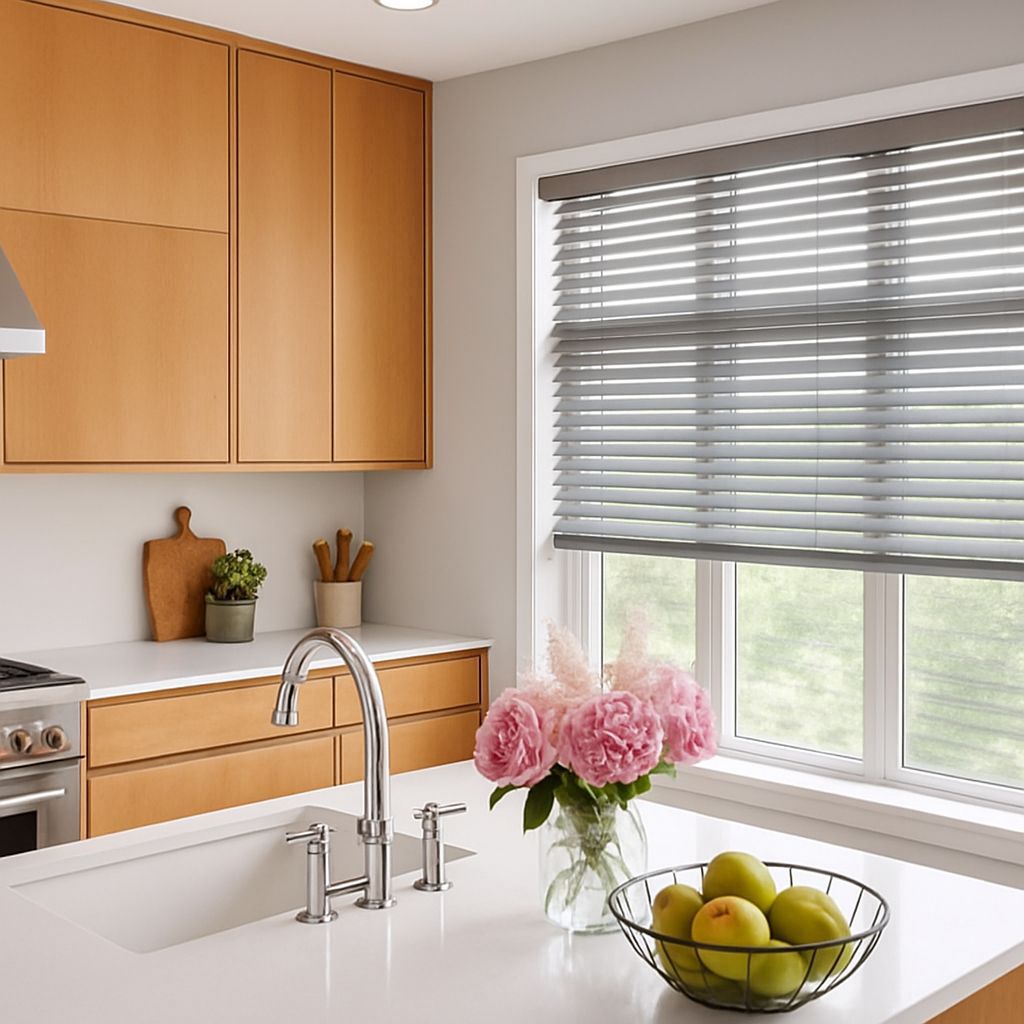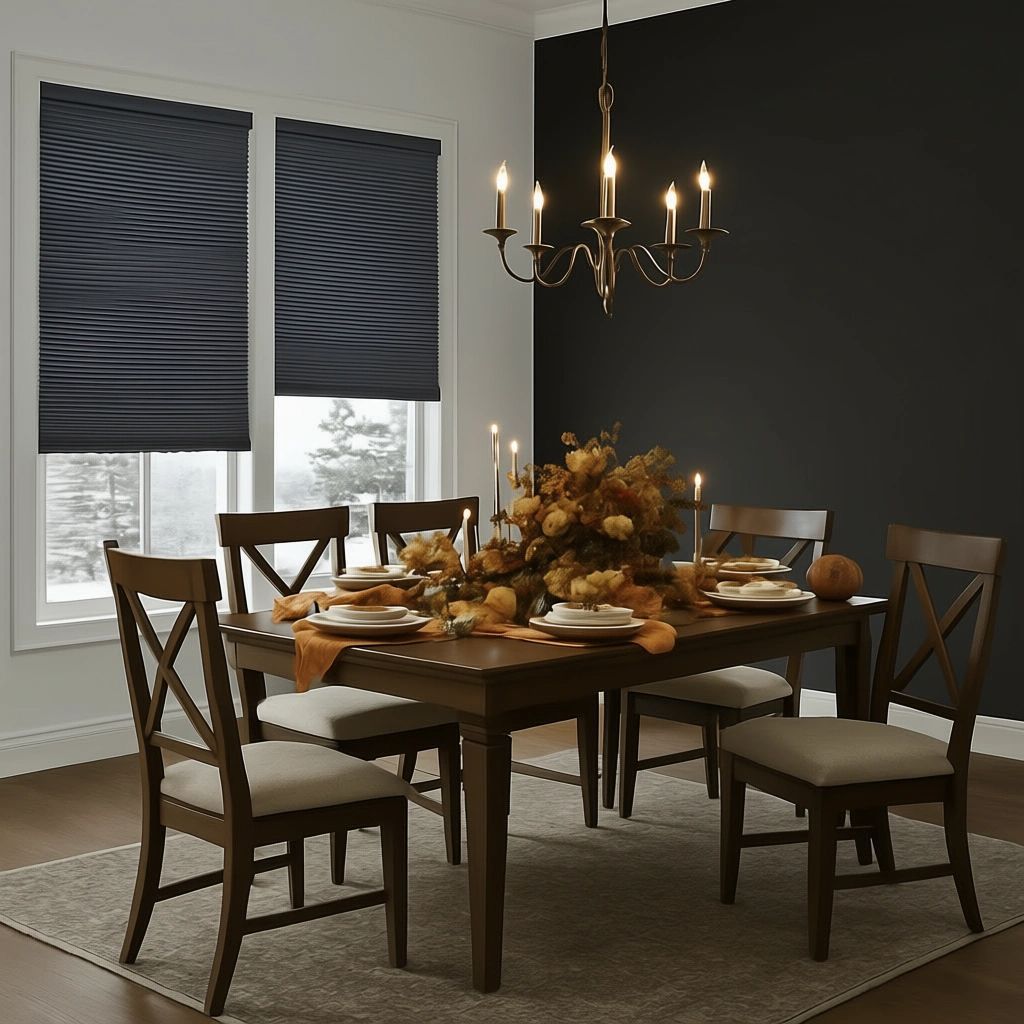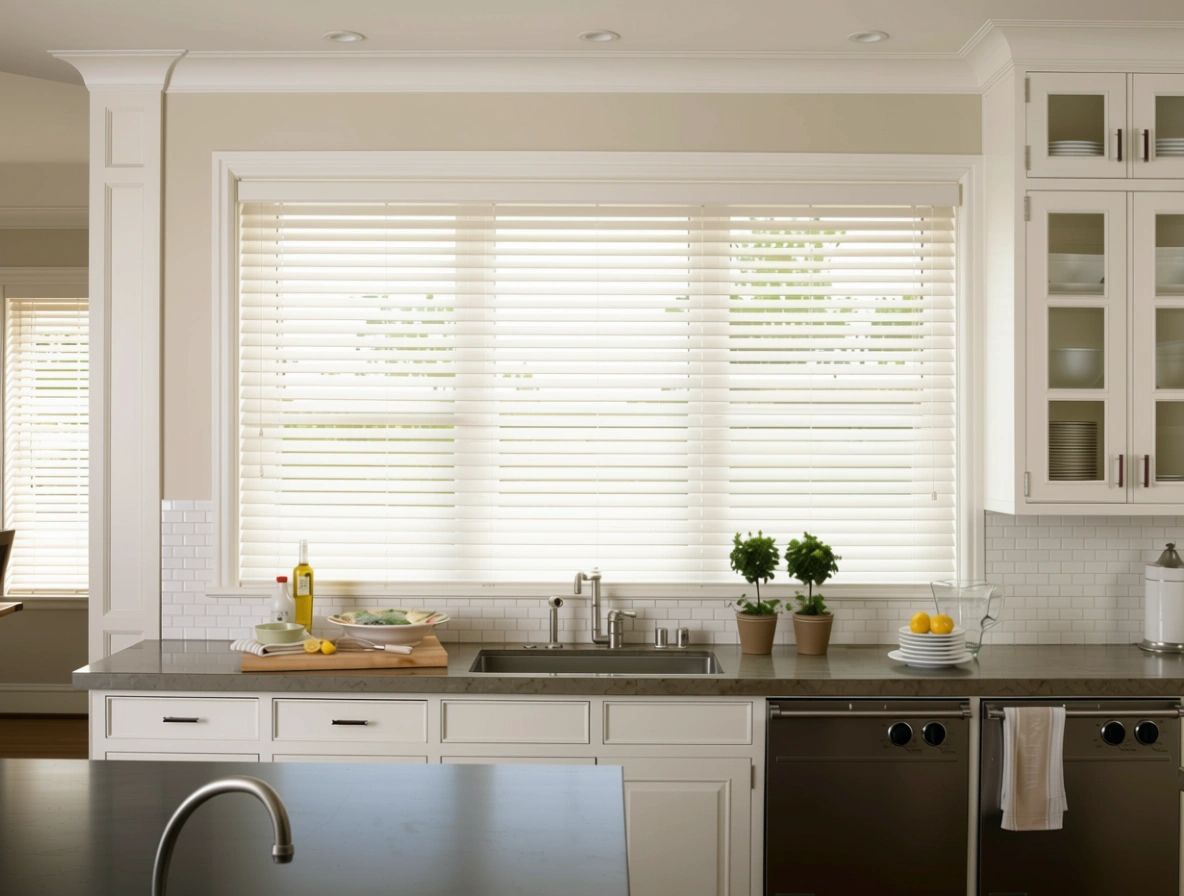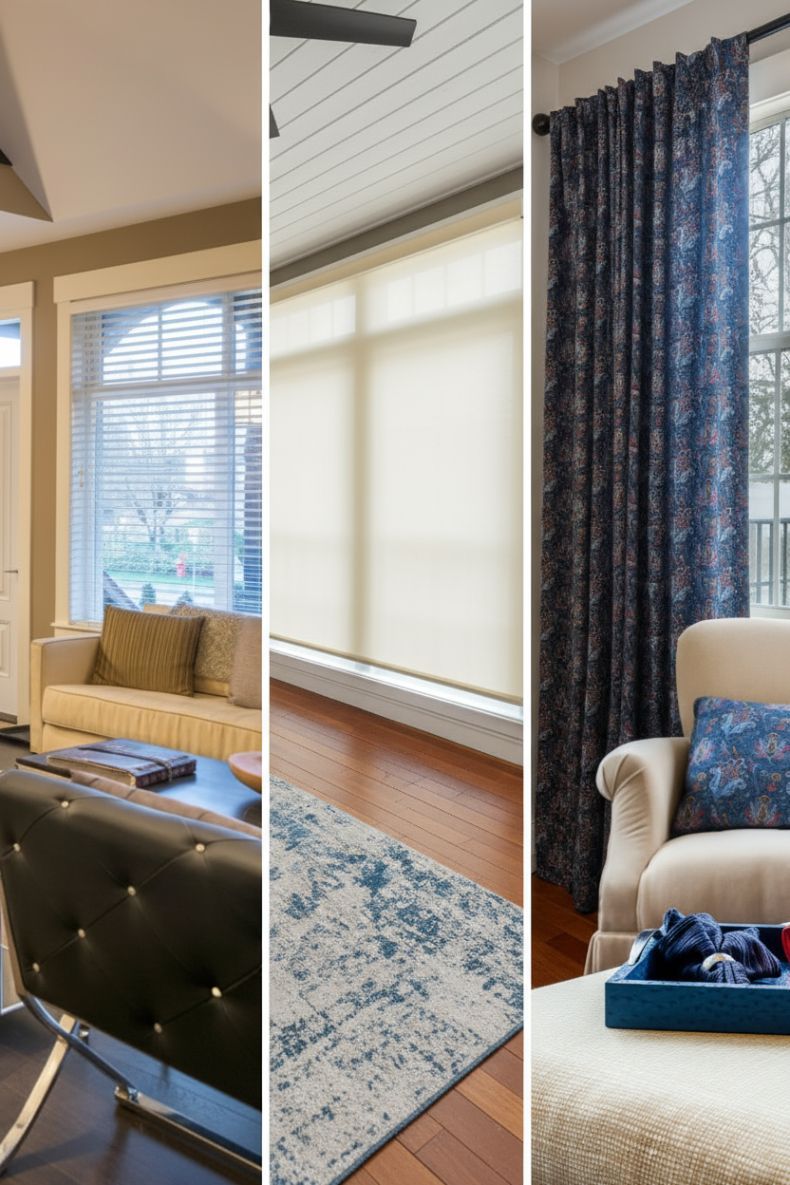Why Your Blinds Keep Falling
Down — And How to Fix It for Good
TLDR;
If your
blinds keep falling down, the most common reasons include loose or weak mounting hardware, worn-out mechanisms, or incorrect sizing and installation. Fixing them for good means identifying the exact issue, using the right tools and replacement parts, and applying blind-specific solutions to ensure lasting support and functionality.
Why Blinds Keep Falling Down Isn’t Always Your Fault

Most people assume blinds fall because of user error, but often it’s the fault of time, tension, or poor design. At Love Is Blinds KY, we’ve seen it all—from blinds slipping off brand-new mounts to shades sagging under their own weight.
This blog explores all the real reasons your blinds won’t stay up—and how to fix them once and for all. We’ll also give you preventative maintenance advice and when to consider a full replacement.
Quick Self-Diagnosis Checklist: Why Are Your Blinds Falling?
Before grabbing a drill or screwdriver, figure out what’s actually wrong. Use this simple guide to diagnose the issue.
Start by checking these common problem areas:
- Mounting Brackets
- Are they loose or pulling out of drywall?
- Were they installed into studs or just drywall?
- Internal Mechanisms
- Are the springs too loose?
- Do the cords slip when pulled?
- Blind Size or Weight
- Are the blinds too heavy for their hardware?
- Do the brackets seem strained or bent?
If the answer to any of these is yes, you’ve likely found your culprit.
Roller Blinds Falling Down: Causes and Fixes
Roller blinds are elegant, but when they start to sag or unroll on their own, it’s a sign something deeper is wrong.
Common Causes:
- Worn or weak
spring mechanisms
- Poorly aligned
fabric
- Broken or loose
end brackets
Permanent Fixes:
- Re-tension the spring: Remove the blind, manually rotate the tube to increase tension, and reinstall.
- Replace brackets: Choose heavy-duty metal brackets if plastic ones are bending or cracked.
- Check fabric alignment: Re-roll evenly so it doesn’t pull to one side and stress the mechanism.
Why Venetian and Mini Blinds Fall Down (and How to Fix Them)
Slatted blinds—whether wood, faux wood, or aluminum—are notorious for falling down if the headrail is unstable or the cords are fraying.
What to Look For:
- Loose
headrail clips
- Broken or tangled
lift cords
- Side-loading stress from an uneven pull
Reliable Repairs:
- Reinforce the headrail with extra clips or replace bent ones
- Replace lift cords with compatible ones; avoid knots
- Use drywall anchors or screws long enough to reach the stud
- Add center support brackets for wide blinds
Vertical Blinds: Slats That Just Won’t Stay
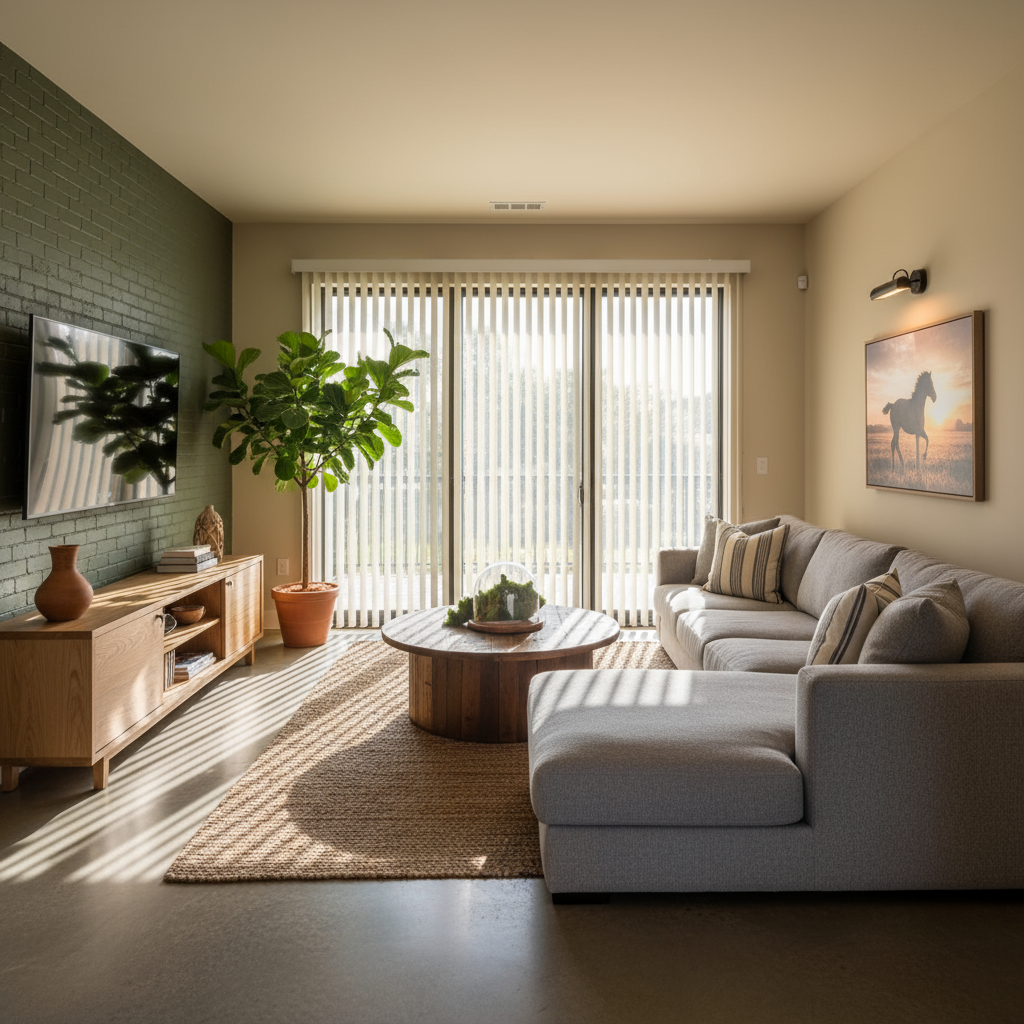
Vertical blinds often fall because of failing top mechanisms, not the vanes themselves.
Problem Points:
- Broken
carrier clips that hold each vane
- Bent
stems that twist or don’t grip vanes
- Warped or misaligned
track systems
Proven Solutions:
- Replace individual stems or carriers instead of the whole track
- Reclip or reinsert vanes with fresh connectors
- Lubricate tracks with a dry silicone spray to ensure smooth movement
Honeycomb and Cellular Shades: Why They Slide or Drop

Honeycomb shades provide insulation and style, but their internal cord systems wear out quickly—especially with heavy daily use.
Likely Causes:
- Slack or broken
cord loops
- Improper
mounting depth
- Slipping
internal springs
Smart Fixes:
- Reset spring tension by removing the shade, pulling the cord fully, and letting it rewind under tension
- Install deeper brackets if the frame isn’t flush
- Confirm cord routing through all channels is correct
Tools & Parts You’ll Need to Fix Blinds for Good
Having the right equipment saves hours of frustration. Keep a basic blind repair kit on hand.
Must-Have Tools:
- Cord lock replacements
- Mounting brackets (metal recommended)
- Cord tensioners
- Spring tension tools
- Screwdriver set (Phillips & flathead)
- Power drill
- Toggle bolts or drywall anchors
Optional but Helpful:
- Dry silicone lubricant
- Measuring tape
- Spirit level
- Replacement stems, clips, or end caps
How to Fix Blinds That Keep Falling: Step-by-Step Repair Guide
Every blind type has a specific fix. Follow these procedures based on your diagnosis.
Re-anchor Loose Brackets (Drywall or Stud):
- Remove old screws and brackets.
- If the hole is stripped, use a drywall anchor or toggle bolt.
- Reinstall bracket tightly using a level to ensure alignment.
- Mount blind and tug gently to test.
Re-tension Roller Blind:
- Remove the blind from the brackets.
- Rotate the roller 2–3 full turns in the "up" direction.
- Reinsert the blind into the brackets.
- Pull down slowly to check tension.
Replace Cord Lock on Mini or Venetian Blind:
- Remove headrail.
- Unscrew and lift out the cord lock mechanism.
- Install the new lock and route the cords.
- Test function before remounting.
Replace Stem in Vertical Blinds:
- Remove vane from faulty stem.
- Use needle-nose pliers to snap out broken stem.
- Insert new stem until it clicks into place.
- Reattach vane.
Is It Time to Replace Your Blinds Instead of Fixing Them?
Sometimes fixing isn’t the best choice—especially when the blinds are older or low quality.
When to Consider Replacement:
- Blind is more than 7 years old
- Multiple components are broken
- Mounting area is damaged beyond repair
- You want a safer or more modern option—especially if
blind safety for kids is a priority in your home.
Cost Comparison:
- Basic repair: $10–$30 in parts
- Full replacement: $60–$200+ depending on size and style
Modern Upgrade Options:
- Cordless blinds: Safer and cleaner look
- Motorized shades: Remote-controlled, perfect for hard-to-reach windows
- Smart blinds: Integrate with Alexa, Google Home, or smartphone apps
Explore alternatives to vertical blinds like roller shades, layered drapes, and cellular shades for a more stylish and functional window solution.
How to Prevent Blinds From Falling Again
Once you’ve repaired your blinds, prevent future issues with these expert tips from Love Is Blinds KY.
Maintenance Best Practices:
- Monthly hardware inspection: Check all screws and brackets for tightness
- Avoid aggressive pulling: Gentle, even operation extends lifespan
- Clean regularly: Dust buildup wears down moving parts
- Lubricate tilt mechanisms: Use dry silicone spray, not oil-based products
- Watch for humidity: Moisture can warp wood and degrade adhesives
Frequently Asked Questions

